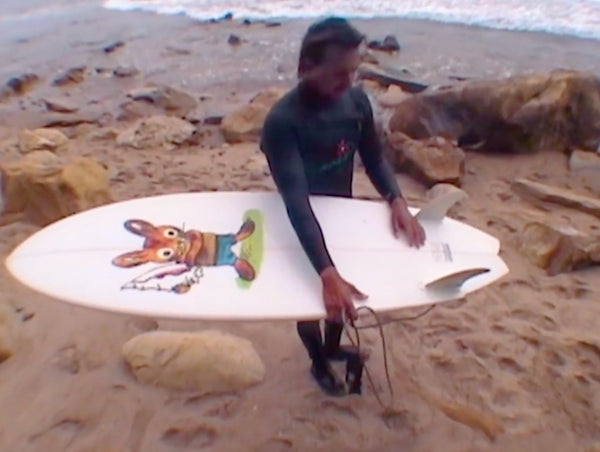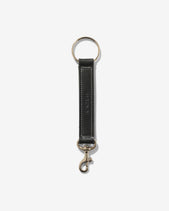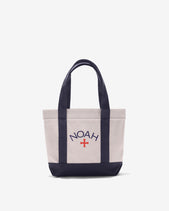
To mark the opening of our new Japan store, we’re releasing a NOAH logo hoodie and tee shirt featuring the image of a bluefin tuna. We chose to use the bluefin specifically for both its grace and power, but also because the species has become a symbol of modern self destruction. Back home, we bring attention to the issues that matter to us. Now that we’re entering a new market, we wanted to not only incorporate this symbol of Japanese culture into our products but also talk about the problems that the global industrialization of fishing has caused.
Bluefin can be absolutely beautiful and massive fish when they’re fully grown. They average at around eight feet long and 550 lbs in weight. With their retractable fins and flush eyes, they’re engineered for speed too. The bluefin are the third fastest fish in the world, closely trailing the marlin and sailfish. Unlike most other fish though, bluefin are warm blooded, allowing them to live in colder waters and putting them close to the top of the ocean’s food chain. Catching one of these fish with a traditional fishing rod set up would be almost equivalent to catching a motorcycle. To us, this fish is a majestic symbol of our oceans. Like some of the animal mascots we’ve used in the past though, there is more to the story than just the visual symbolism.

Before the 20th century, tuna was mostly seen as a lowly commoner food in Japan, and some sushi experts still think this way, but since the 1920’s and especially post Allied occupation after WWII, the fish became more and more popular and commonplace. Today certain tuna species like the bluefin are facing annihilation. As fish populations continue to decrease, without being given enough time to replenish, if the current rate of consumption continues, it might be too late to save the bluefin. Since 2010, various efforts have been made by conservation and activist groups to prevent total extinction. In the past few years, the issues around bluefin overfishing have become such a large problem that the Japanese government is getting involved to curb the overfishing problem. They’ve made attempts to set stricter limits on maximum catch amounts and shorter fishing seasons, but more often than not the fishing companies disregard these rules. There have also been designated no fishing zones to protect the spawning grounds of the bluefin that live around Japan. Unfortunately, while the continued high market demand for the fish still exists it is likely that this industrialized fishing practice will continue. Some recent counts put only around 3% of the population of wild bluefin remaining since its first recording in the 60’s.

We understand that tuna has become a major part of the Japanese diet, but as the rest of the world has gained an appetite for sushi a lot more people are eating tuna than ever before. Without sustainable fishing practices and regulation, our global consumption will eat the oceans dry. To that end, conservation like this is everyone’s responsibility. It will take the world’s demand to make this problem an issue that is taken as seriously as we feel it should be. We regularly steer our friends and customers towards the Monterey Bay Aquarium Seafood Watch, which recommends avoiding the purchase or consumption of all bluefin species, and can provide plenty of info on how to ethically shop for and eat seafood. If you are going to buy or order tuna, shop at a local fish market and try and find responsibly caught Albacore or Skipjack instead of more at risk species. The Japanese also have a wide ranging appreciation for many types of fish, whereas in places like the US, we often only stick to the ones we’re familiar with, like tuna and salmon, this is also a part of the problem. The lack of diversity in our diet has a direct impact on the wellbeing of these animals. As always, we hope to raise awareness and drive conversations about problems with the fishing and tuna industries before it’s too late.













